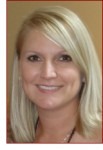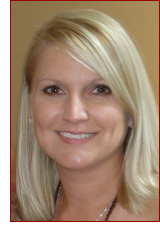For The Record
Staying in the Loop
I think we all can safely say that the way we do our jobs is different today from the way we did them 10 years ago. Journalism, for instance, is vastly different.
Blogs that may or may not be factually correct are abundant, and social media have become the best ways to deliver a newsflash. While Twitter seems to be the right-hand man to every politician and celebrity out there, it’s no stranger to our industry, either. Masonry has hundreds of followers on Twitter, and we follow many of you as well. It’s a great way to get that “by the way” information that can lead to breaking news or provide an inside scoop.
I receive about one mailed press release per month now. News is emailed, Tweeted and posted onto various platforms. But that was not always the case. My first job out of journalism school was at a large publishing house in Atlanta. The company published more than 100 trade magazines. The day after a magazine went to press (that process also was much different!) was referred to by the editors as “mail day.” It was the day we spent eight hours sorting through, opening and filing a stack of 9- X 12-inch envelopes containing a press release, a hard copy image and – maybe – a 3.5-inch disc containing the same information. Since the work was mindless, it was a good way to transition from the issue that had just been Fed Ex’d, to the issue we were about to begin producing.
Today, of course, a magazine issue is sent to press by pressing “send.” Downtime is minimal, since technology has created a 24-7 work environment for journalists. It’s convenient, but never-ending. I get emails until midnight; whether I choose to respond is my challenge. When is one really ever “off” from work anymore?
To stay atop of the latest technological tools available to journalists and learn to incorporate those tools into my daily routine as a writer and editor, I recently attended a national conference in Chicago held by ASBPE (American Society of Business Publication Editors), of which I’ve been a board member for years. Not only is it healthy to share best practices with others in my field, but also spending a day or two focused on my trade recharges my enthusiasm for what I do.
I highly recommend that you continue your education in any way you can, and encourage your employees to do the same (and make it available to them). Investing in education for you and your employees is always a good thing. And, considering how fast the rules change around us every day, it’s more important than ever to stay abreast of how advancements affect you, and how you can use them to your advantage.
Aside from the actual laying of the bricks, blocks and stone, nothing will stay the same. Use education to bring you power.
Correction
In the “Making the Grade” story (August 2011), the instructor for the secondary/high school competition winner was identified as Christopher Nappi, who actually is the skills advisor. The instructor is Michael Kern, who has been the masonry instructor at Berks Career and Technology Center East in Oley, Pa., for 19 years. Masonry regrets the error.

 Jennifer Morrell
Jennifer Morrell